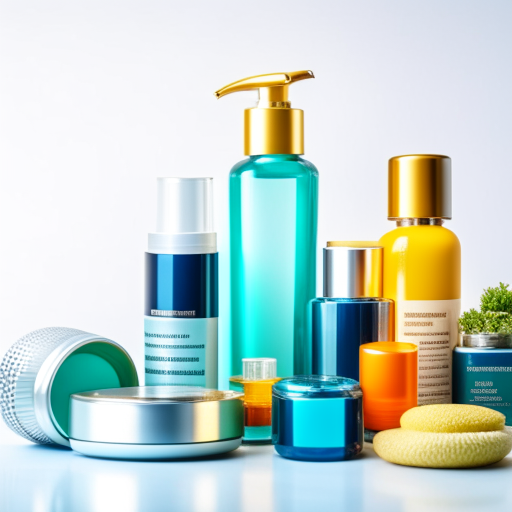The cosmetic industry has burgeoned with an array of skincare products, each promising to be the elixir for youthful, radiant skin. Yet, with the myriad of choices comes confusion. Bridging the gap between marketing claims and actual benefits requires a deep dive into the science of skincare ingredients. Key players such as hyaluronic acid, retinol, and niacinamide have risen to prominence for their proven efficacy. This article delves into the mechanisms, benefits, and considerations when incorporating these powerhouses into your skincare routine.
Hyaluronic Acid: The Hydration Hero Hyaluronic acid (HA) is a naturally occurring polysaccharide found in the human body. Its primary function is to retain water, ensuring tissues are well lubricated. When applied topically in the form of serums or creams, HA acts as a moisture magnet, binding up to 1000 times its weight in water. This remarkable capacity to hold moisture makes it an indispensable ingredient for hydrating the skin.
Benefits of Hyaluronic Acid:
- Intense hydration leads to plumper, more supple skin, which can diminish the appearance of fine lines and wrinkles.
- It enhances the skin’s natural barrier, leading to improved resilience against environmental stressors.
- HA can soothe skin by providing moisture to irritated areas.
Choosing the Right Hyaluronic Acid Product:
Opt for products with a combination of low and high molecular weight HA to ensure deep and surface-level hydration. Ensure that HA is among the first few ingredients listed, which suggests a higher concentration in the formula.
Retinol: The Age-Defying Powerhouse Retinol, a derivative of vitamin A, is extensively researched and championed for its anti-aging properties. It works by accelerating cell turnover, stimulating collagen production, and unclogging pores, which contributes to a smoother, more even-toned complexion.
Benefits of Retinol:
- Reduces the appearance of fine lines and wrinkles through collagen synthesis.
- Evens out skin tone by diminishing age spots, hyperpigmentation, and acne scars.
- Promotes a clearer complexion by preventing pore-clogging and controlling acne.
Choosing the Right Retinol Product:
Retinol can cause irritation, so it’s wise to start with lower concentrations and gradually build tolerance. Look for formulations that combine retinol with soothing ingredients like niacinamide or ceramides to minimize potential irritation. Use retinol products in your evening routine and always follow up with sunscreen during the day due to increased photosensitivity.
Niacinamide: The Multitasking Maven Also known as vitamin B3, niacinamide is a versatile ingredient that offers a wide spectrum of skin benefits. Whether it’s refining pores, reducing redness, or improving texture, niacinamide aids in addressing numerous skin concerns.
Benefits of Niacinamide:
- Regulates oil production, making it beneficial for both dry and oily skin types.
- Reduces the appearance of enlarged pores, fine lines, and dullness.
- Strengthens the skin barrier by increasing ceramide production, thereby enhancing skin’s resilience.
- Exhibits anti-inflammatory properties, which help in managing conditions like acne and eczema.
Choosing the Right Niacinamide Product:
Niacinamide is well-tolerated by most skin types and can be found in concentrations ranging from 2% to 10%. It pairs well with other ingredients, including HA and retinol, making it suitable for integration into various steps of your skincare routine.
Deciphering Your Skin Concerns To choose the right skincare ingredients, identify your primary skin concerns:
- If hydration is your top requirement, hyaluronic acid should be a staple.
- For age prevention and treatment, introduce retinol with caution and consistency.
- If you’re aiming to boost overall skin health, including tone and texture, niacinamide is a favorable pick.
Combining Skincare Ingredients Using these ingredients together can provide comprehensive benefits, but it’s essential to introduce them gradually and be aware of how your skin reacts. Sequential application (HA, then niacinamide, followed by retinol) and alternating usage (retinol at night and niacinamide with HA in the morning) are common strategies to maximize effects while minimizing irritation.
Understanding the science behind these three skincare titans equips you with the knowledge to create a tailored and effective skincare routine. Remember, skin is unique, so what works for one may not work for another. Patch testing, patience, and monitoring how your skin reacts over time will guide you in designing a regimen that aligns with your skin’s specific needs.


Leave a Reply